
Web3 social media is at an inflection point. As decentralized social protocols like Lens Protocol mature, the demand for permanent, censorship-resistant content storage is intensifying. The idea of combining Lens’s composable social infrastructure with Irys’s permanent and programmable storage has ignited speculation about a new era for digital memory, one where every post, interaction, and identity could be truly immortal.

The Promise of Permanent Web3 Social Content
Traditional social media platforms are ephemeral by design. Content can be deleted, censored, or lost as companies pivot or disappear. In contrast, Web3 social infrastructure, powered by protocols like Lens, seeks to make user-generated content both portable and persistent. But there’s a catch: on-chain data is expensive and limited in scalability.
This is where Irys enters the conversation. Irys specializes in permanent, programmable, and verifiable storage, offering a potential solution to the Achilles’ heel of decentralized social: ensuring that posts, profiles, and interactions are never lost or tampered with. Dr. OVG recently summarized this vision: “If Lens’s social infrastructure combines with Irys’s permanent and programmable storage, Web3 social media will truly become ‘memory enabled. ’”
How Lens Protocol Builds the Foundation for Decentralized Social Media
Lens Protocol isn’t just another blockchain project, it’s a set of open-source EVM-based publishing primitives deployed on Polygon that enables developers to build SocialFi apps where users own their data and relationships. By abstracting away the complexities of blockchain interaction, Lens lets creators focus on building rich user experiences while ensuring that content remains under user control.
Key Features of Lens Protocol for Web3 Developers
-

Decentralized Social Graph: Lens Protocol offers an open-source, blockchain-based social graph that allows developers to build decentralized social applications where users own their connections and content.
-
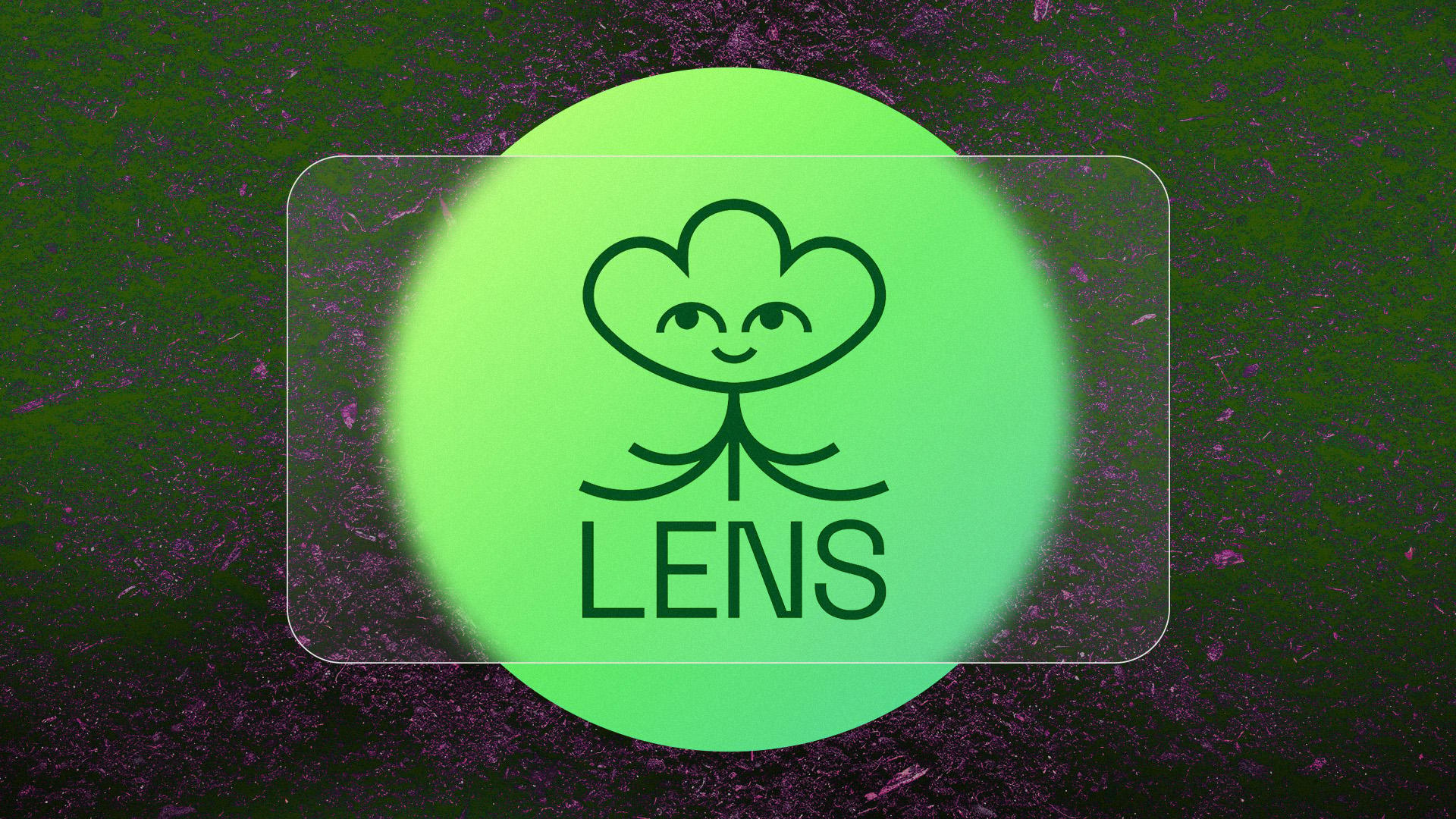
Scalable Content Infrastructure: With the introduction of Momoka, a Layer-3 scaling solution, Lens enables off-chain data processing and storage via Bundlr and Arweave, reducing costs and supporting high transaction volumes.
-
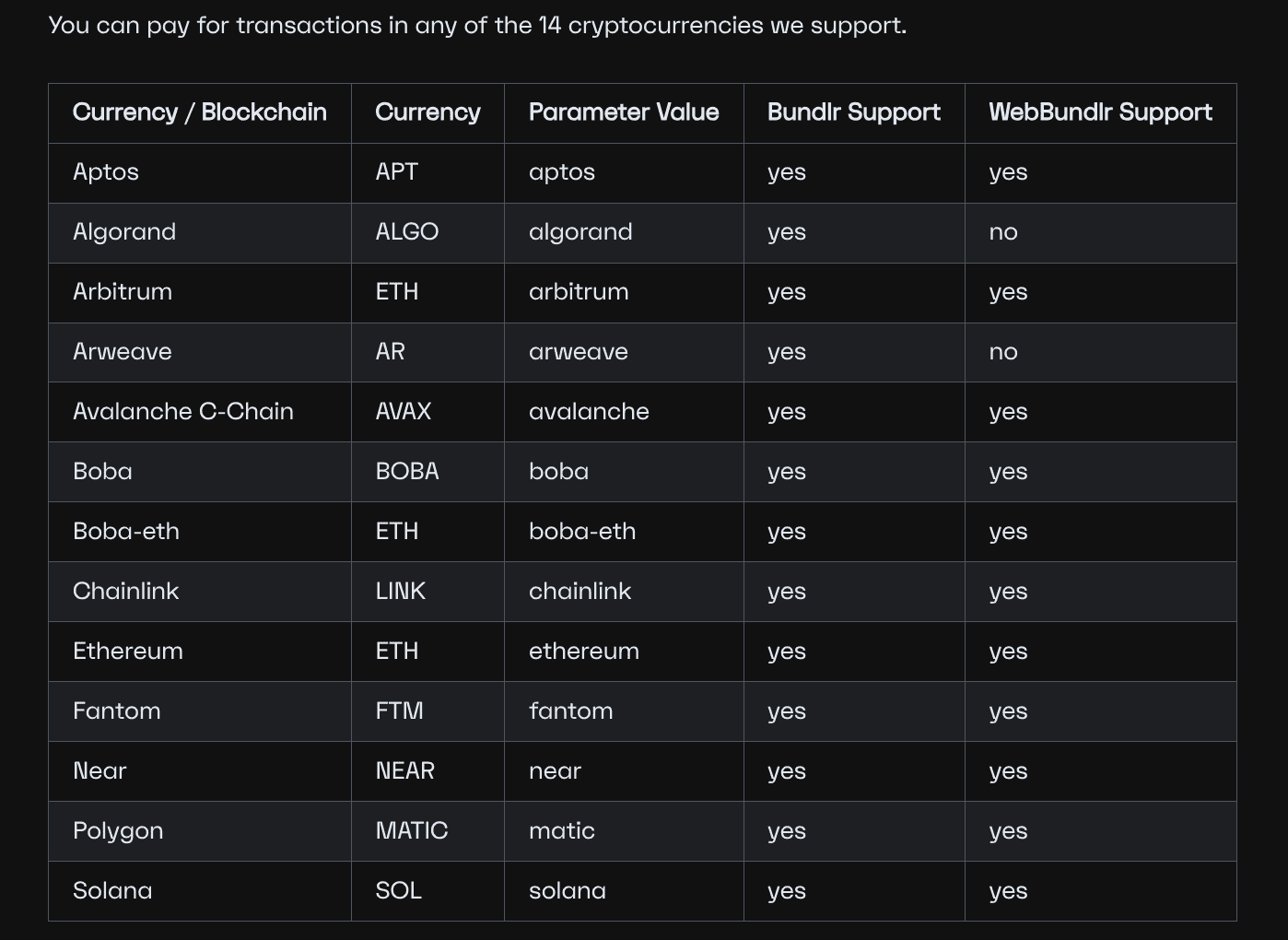
Data Permanence and Verifiability: By leveraging Bundlr and Arweave for storage, Lens ensures that social content is permanently stored and verifiable, with on-chain proofs for authenticity and integrity.
-
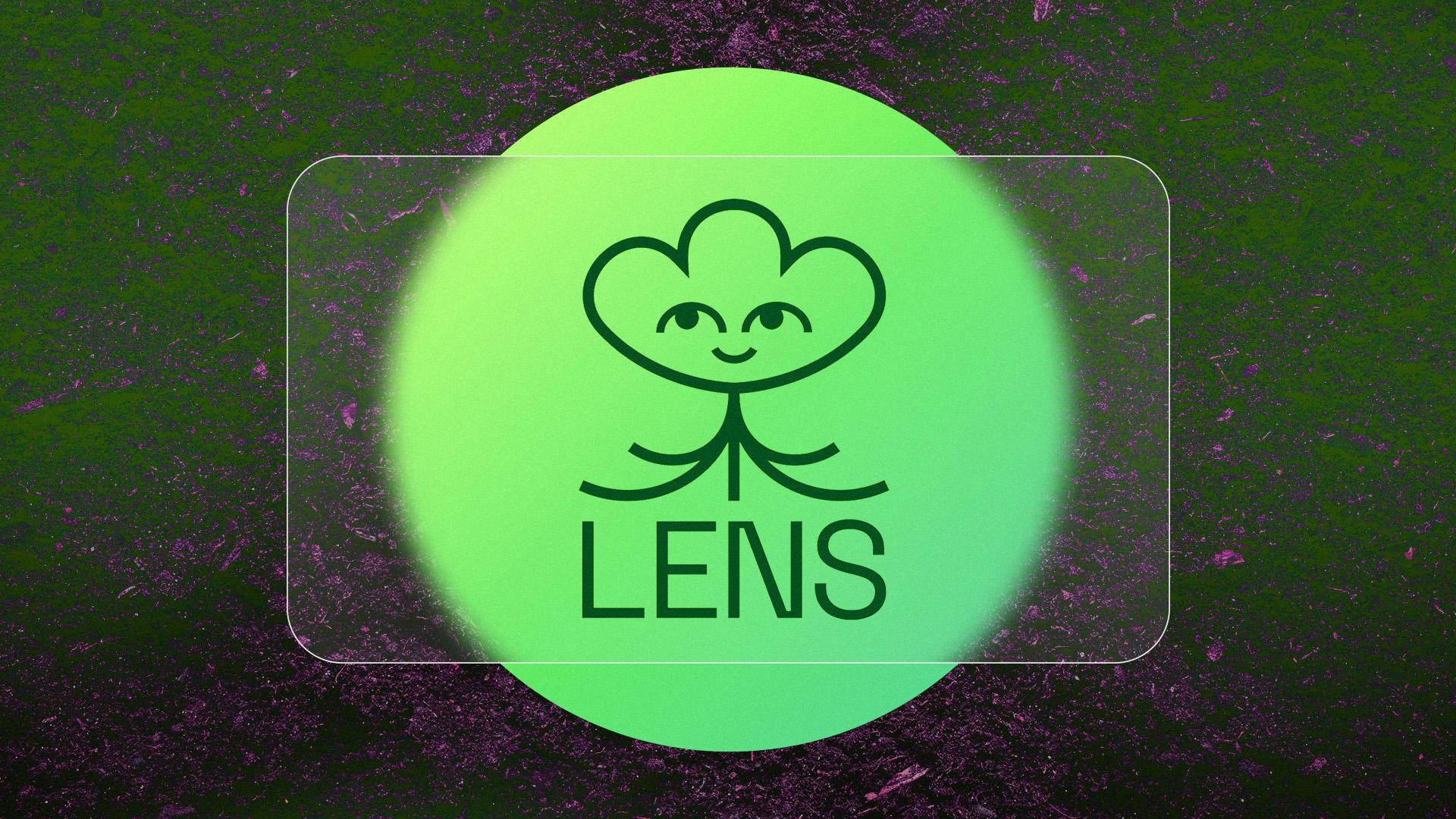
Interoperability with EVM Ecosystem: Built for the Ethereum Virtual Machine (EVM) and deployed on Polygon, Lens allows seamless integration with existing Web3 tools and dApps, expanding developer possibilities.
-
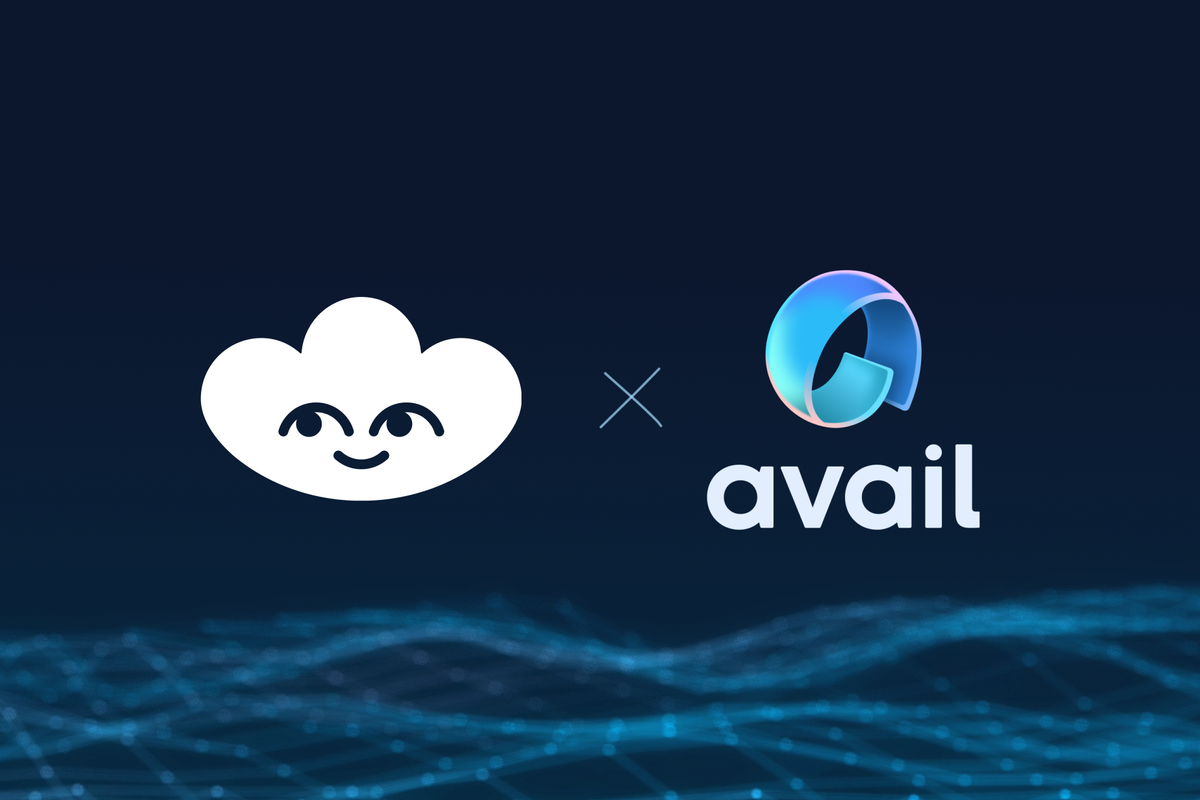
Enhanced Scalability via Avail Partnership: The 2024 partnership with Avail Project boosts scalability and data accessibility, enabling the Lens Network to support millions of users with instant data verification.
-

User-Owned Content and Profiles: Lens Protocol empowers users with full ownership of their profiles, content, and social relationships, fostering true digital sovereignty in Web3 social media.
The launch of Momoka in April 2023 marked a critical milestone for scalability. Momoka acts as a Layer-3 solution that processes high-volume social data off-chain while anchoring verification proofs on-chain. This hybrid approach leverages Bundlr (built on Arweave) for decentralized file storage, hinting at how future integrations with systems like Irys could further enhance permanence without sacrificing performance or cost efficiency.
Irys: Unlocking Permanent and Programmable Storage for Social Content
Irys (formerly Bundlr) positions itself as the missing link in the quest for truly permanent Web3 content. Its infrastructure allows developers to store any type of data, text posts, images, videos, in a way that’s both verifiable and immutable. Unlike traditional cloud storage or even some decentralized solutions that rely on economic incentives alone, Irys guarantees permanence through cryptographic proofs anchored to blockchains.
This paradigm shift means your Web3 identity isn’t just portable, it’s potentially immortal. As Md emon Ahmed put it: “Imagine a world where your Web3 identity isn’t just social, it’s immortal. ” For creators wary of deplatforming or arbitrary takedowns, this offers not just peace of mind but also opens up new monetization models rooted in true digital ownership.
Bringing these technologies together could finally solve one of Web3’s most persistent challenges: censorship-resistant social content that is both scalable and permanent. While Lens Protocol has already made strides with Momoka and its Bundlr integration, the addition of Irys’s programmable storage layer would take data sovereignty to the next level. In practical terms, this means posts, comments, and even entire profiles could live forever on-chain or in cryptographically verifiable decentralized storage, untouchable by centralized authorities or platform gatekeepers.
The implications for users and builders are profound. For creators, permanent storage unlocks new economic primitives such as NFT-backed posts, perpetual royalties, and on-chain reputation systems that can’t be erased by a third party. For developers, it means building apps where data persistence is guaranteed at the protocol level rather than relying on fragile APIs or cloud providers.
Strategic Advantages of a Lens Protocol Irys Partnership
From a strategic standpoint, a Lens Protocol Irys partnership could position Web3 social networks as credible alternatives to legacy platforms. Here are some of the most compelling advantages:
Strategic Advantages of Lens Protocol + Irys Integration
-
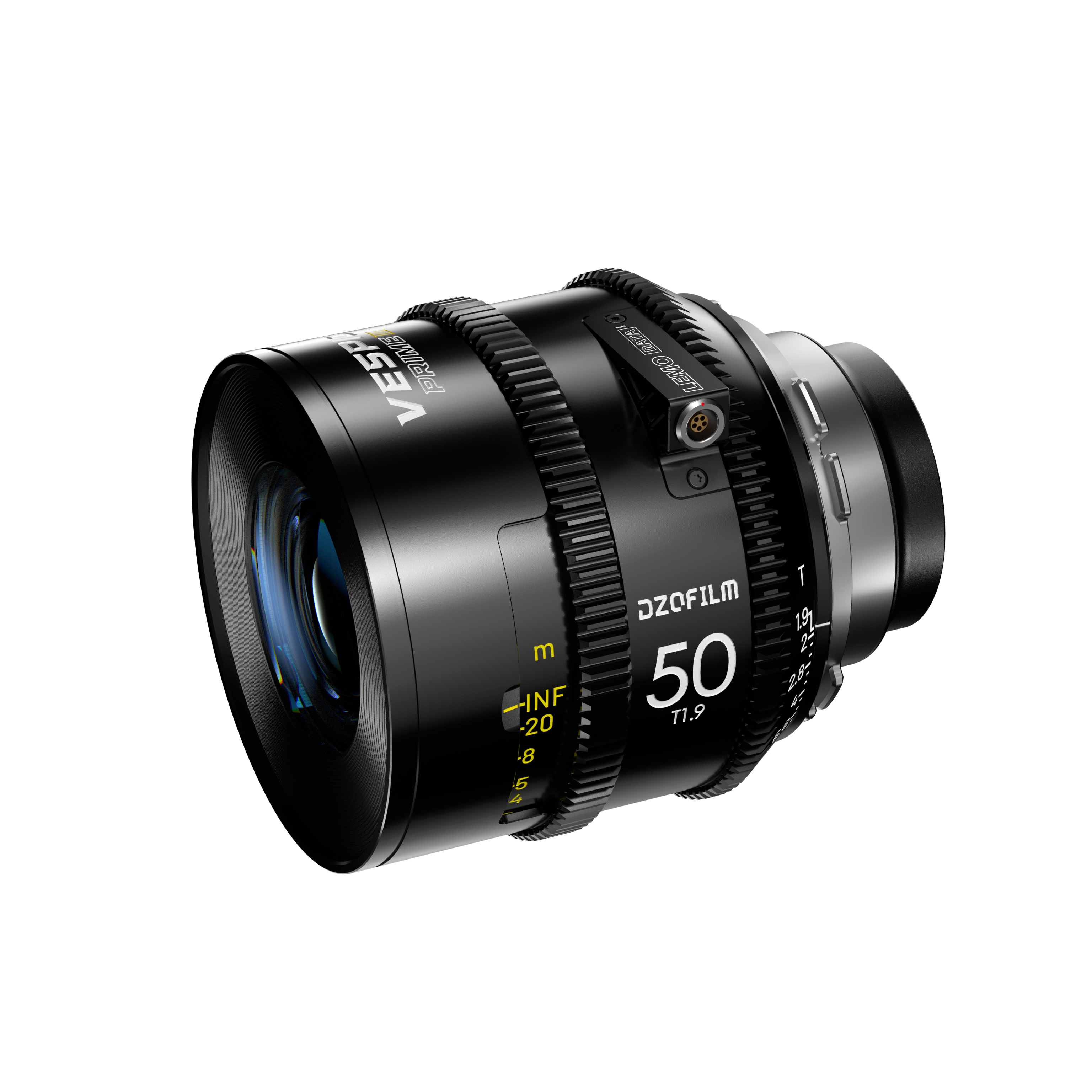
Permanent, Verifiable Social Content: Combining Lens Protocol’s decentralized social graph with Irys’s permanent and programmable storage ensures that user-generated content, profiles, and interactions remain tamper-proof and accessible indefinitely. This creates a truly “memory-enabled” Web3 social experience.
-

Enhanced Data Ownership and User Control: By leveraging Irys’s verifiable storage, users on Lens can retain full ownership over their posts and media, with cryptographic guarantees that content cannot be altered or censored by centralized entities.
-
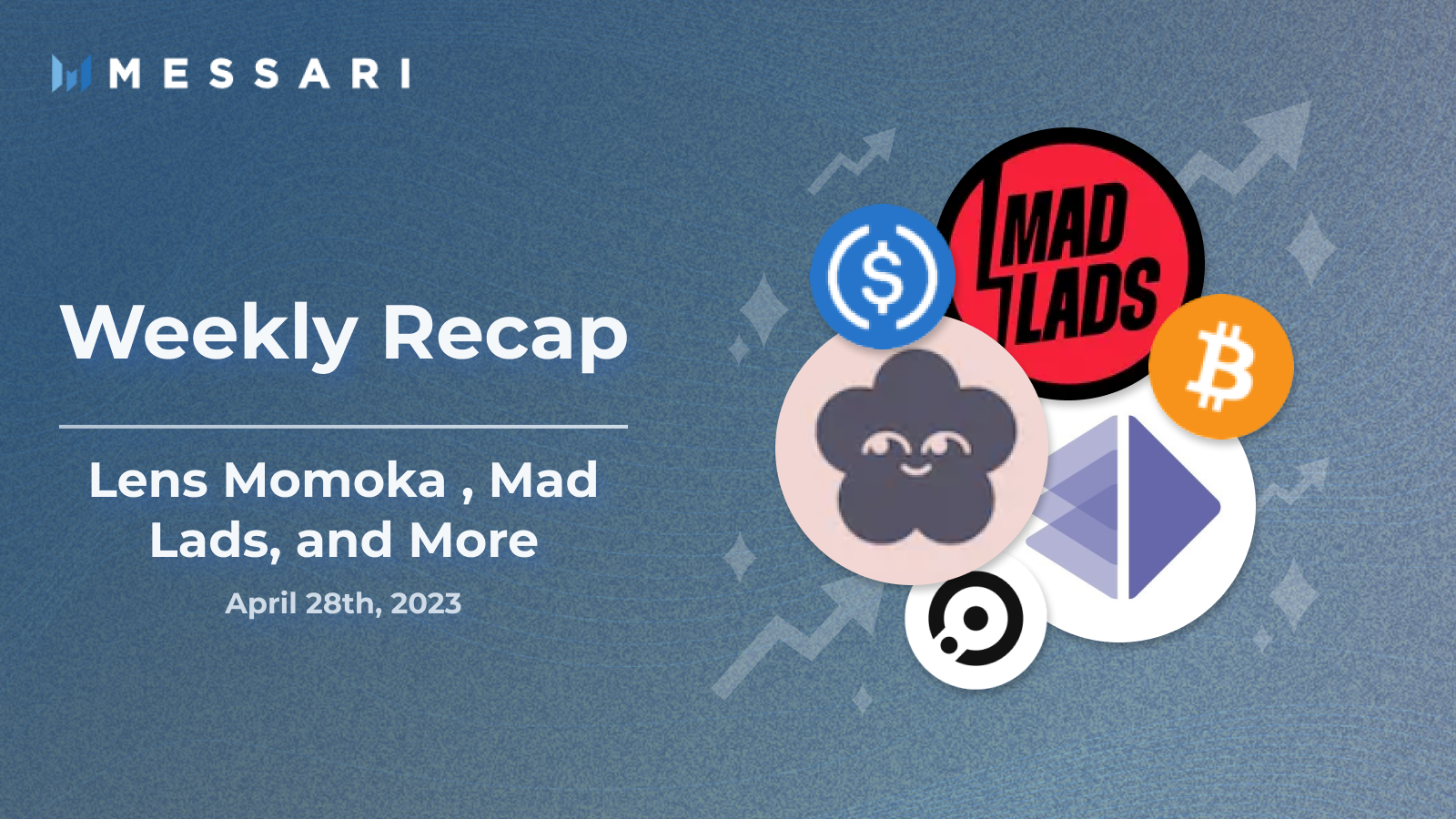
Scalability Without Compromising Permanence: Lens Protocol’s adoption of scalable solutions like Momoka (using Bundlr/Arweave) demonstrates its ability to support high-volume social activity. Integrating Irys further strengthens the platform’s capacity to handle millions of users while preserving content permanence.
-

Programmable Content and Interactions: Irys enables programmable storage, allowing developers to build advanced social features—such as automated moderation, content monetization, or dynamic NFTs—directly into the data layer of Lens-powered apps.
-
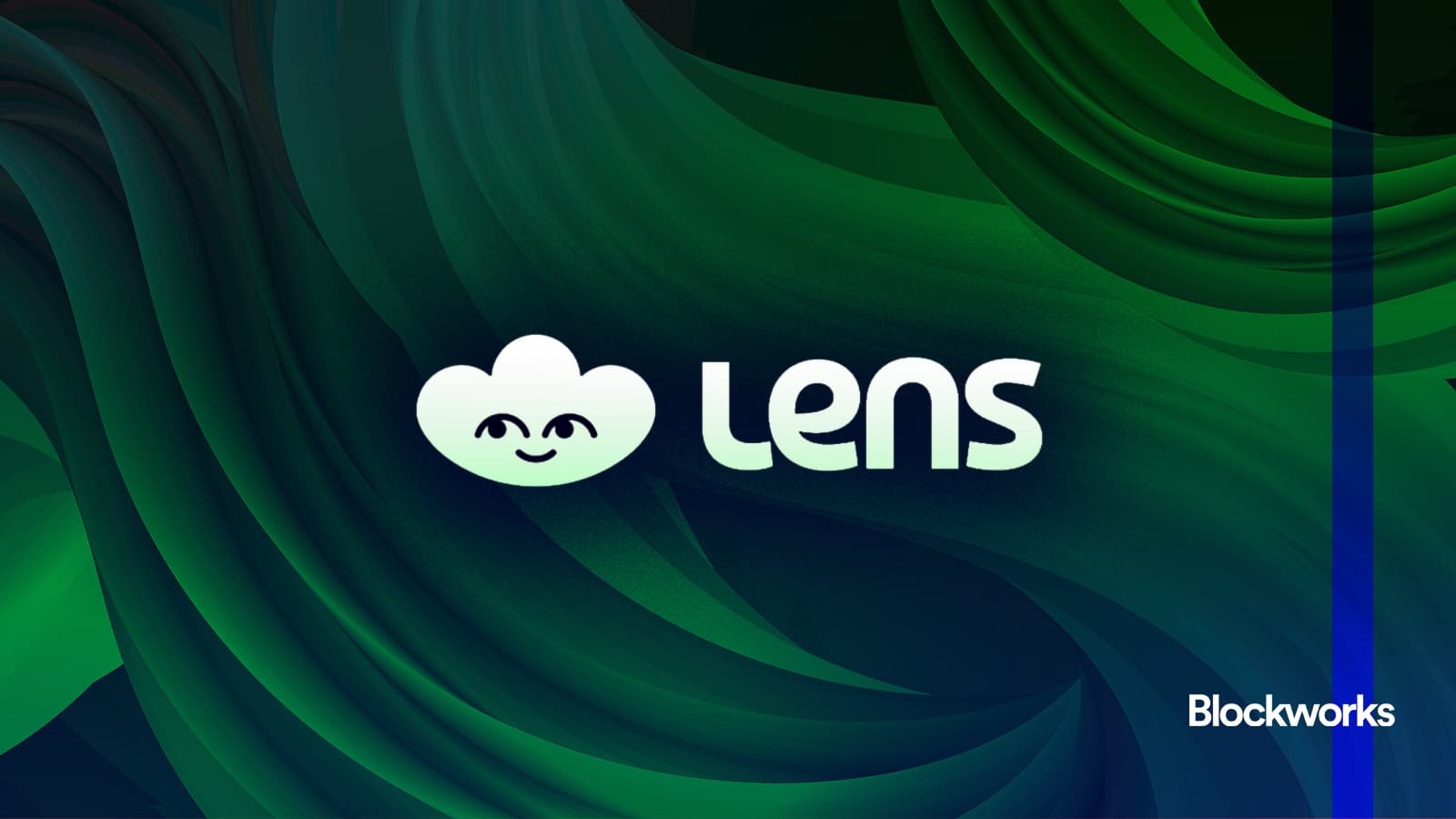
Future-Proofing Web3 Social Applications: The synergy between Lens and Irys positions Web3 social platforms to outlast traditional Web2 services, offering resilience against data loss, platform shutdowns, or censorship—critical for creators and communities seeking long-term digital legacies.
Permanence: Content stored via Irys is cryptographically anchored and cannot be deleted or altered, delivering true content immutability.
Censorship Resistance: Decentralized storage removes single points of failure or control, making it nearly impossible for any entity to suppress speech.
Programmability: Smart contracts can automate royalties, licensing, or access rights tied directly to user-generated content.
User Empowerment: End-users regain full control over their data and digital identities, an essential pillar for trust in decentralized applications.
Challenges and What Comes Next
No integration comes without trade-offs. The main hurdle remains cost: storing large volumes of rich media permanently on-chain is still expensive compared to traditional hosting. However, hybrid solutions like Momoka demonstrate that off-chain scaling with on-chain proofs can mitigate these costs while preserving verifiability. If Lens moves toward deeper integration with Irys, or similar protocols, the architecture must balance permanence against performance and user experience.
Another consideration is discoverability. Permanent content only matters if users can reliably find it. This will require advances in decentralized indexing and search tools built atop protocols like Lens and Irys.
The Road Ahead for Decentralized Social Media
The convergence of advanced social graphs like Lens with robust storage layers such as Irys signals a step-function change in what’s possible for decentralized content storage. As adoption grows and developer tooling matures, expect new classes of SocialFi applications that treat digital memory as an inviolable right, not a privilege granted (or revoked) by corporations.
This isn’t just technical progress, it’s cultural infrastructure for an internet where memories are owned by communities rather than platforms. For those building in the space or simply seeking more resilient ways to communicate online, watching how the Lens Protocol Irys partnership story unfolds will be critical in 2025 and beyond.






